In a fast-moving world that often confuses luxury with depth, Bhutan gently reminds us what true richness feels like. Nestled in the eastern Himalayas, this tiny kingdom may be small in size, but its spiritual presence is vast. Known as “The Land of Smiles”, Bhutan isn’t just another pin on a spiritual traveler’s map. It’s a breathing, prayer-flag-draped meditation in motion—a country where spirituality isn’t curated for tourists, it’s simply how life is lived.
Here, the mountains are sacred, the pace is intentional, and Gross National Happiness takes precedence over economic growth. In Bhutan, joy is a daily practice, not a pursuit. And this—right here—is where we invite you to pause.
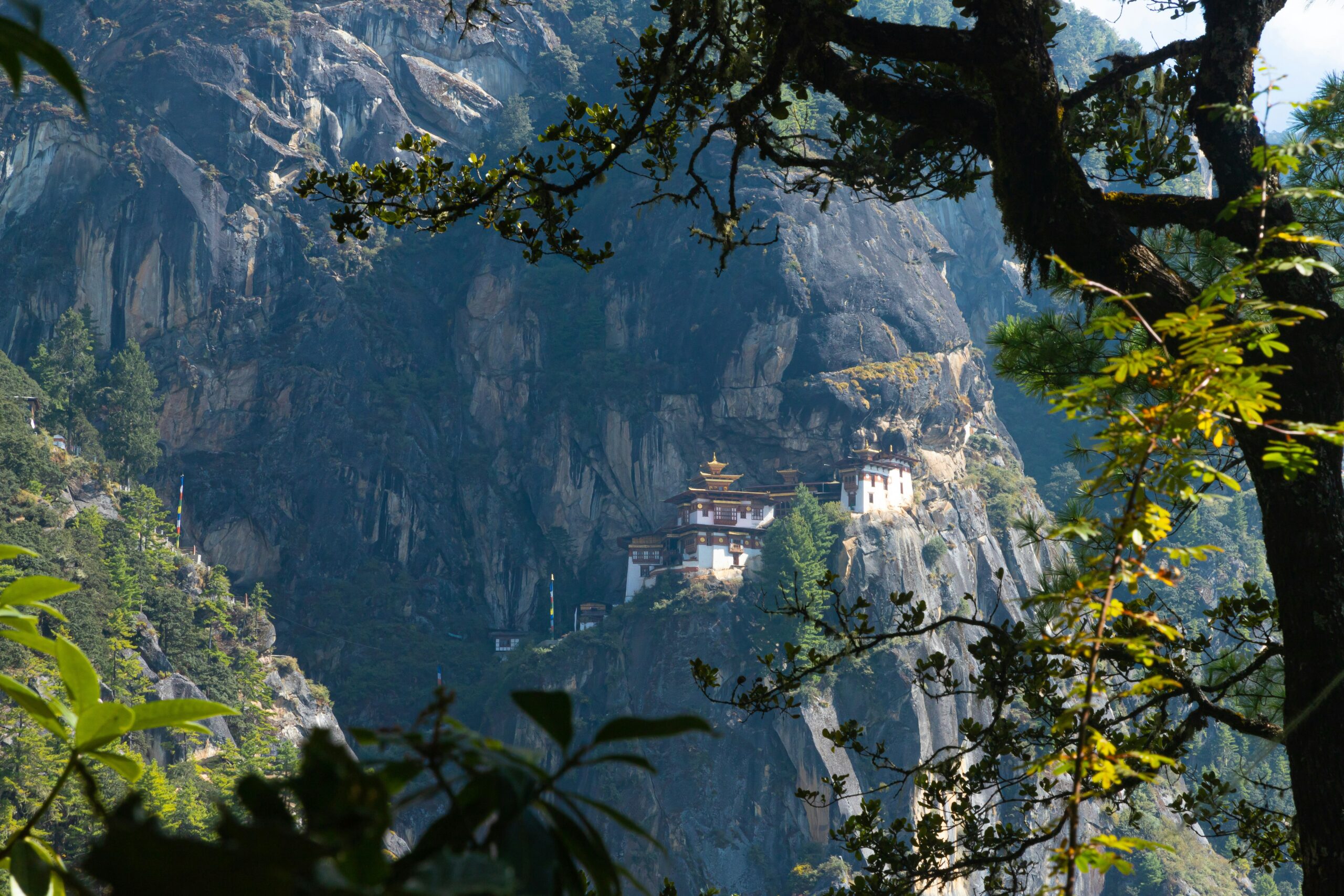
Why Bhutan Belongs on Every Conscious Traveler’s List of Spiritual Destinations
Bhutan stands out because it never tries to. There are no neon “soul retreats” or Insta-stage monasteries here. Instead, there’s something far more rare: integrity.
Prayer wheels line highways, not hotel lobbies. Monks chant not for likes, but because their rituals hold the country’s spiritual core. As one of the world’s few carbon-negative nations, Bhutan’s devotion extends beyond temples—it’s reflected in forest protection laws, plastic bans, and a tourism model that values preservation over profit. This is spiritual travel for those who don’t just want to take something home—but to leave something good behind.
The Tiger’s Nest: One Pilgrimage, a Thousand Lessons
Paro Taktsang—The Tiger’s Nest Monastery—is the kind of place you don’t just visit; you ascend to it. Clinging to a cliff face over 3,000 meters high, the journey up becomes a ritual itself. Each step challenges your body. Each pause reconnects your breath. The climb, often done in silence, strips away the mental clutter we carry so casually.
And when you reach the top, you don’t just see a view—you feel a shift. Something unlocks. This, perhaps, is what Bhutan does best: it invites you to slow down, shed expectations, and simply arrive—fully and soulfully.
Temples of Time: Dzongs, Monasteries, and a Nation’s Inner Rhythm
Every town and valley in Bhutan seems to cradle a dzong or monastery—magnificent yet grounded. From the river-framed serenity of Punakha Dzong to the mountain-wrapped mystery of Trongsa, these fortress-temples pulse with sacred energy.
But these aren’t museums. They’re living centers of prayer, policy, and community life. Monks chant, children play, elders offer butter lamps. The design of each structure is intentional—aligned with nature, crafted from sustainable materials, built to last spiritually and physically.
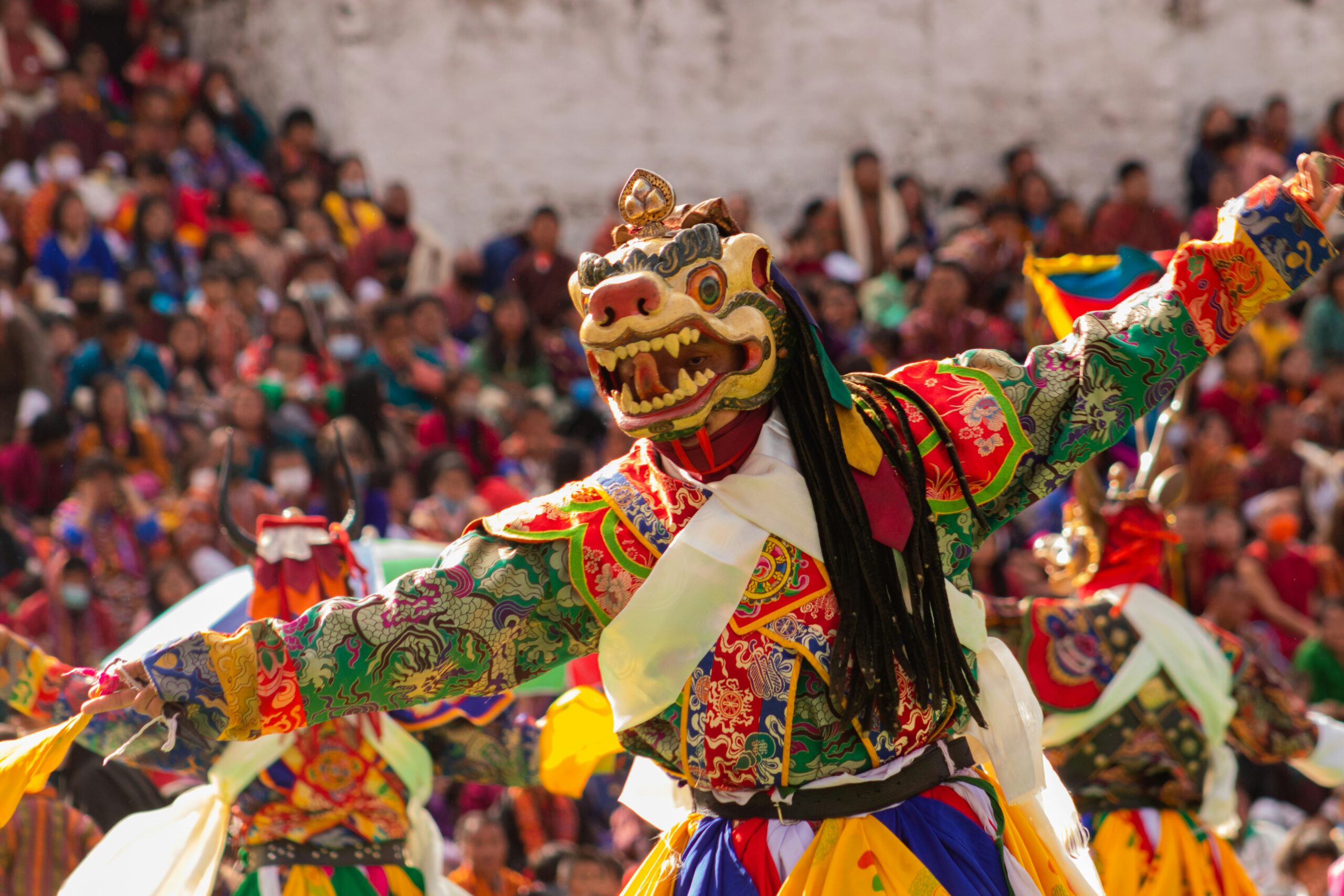
Sacred Celebrations: Where Festivals Meet Faith
Bhutanese festivals aren’t “events.” They are expressions of collective devotion. Take the Tsechus—multi-day gatherings marked by masked dances, music, and ancestral rituals. Locals dress in their finest woven robes, and monks perform dances passed down for generations. The energy is electric, but grounded.
It’s not performance. It’s presence. Attending one as a traveler is a privilege, and it reminds us: faith here is not something put on display. It’s simply lived, joyfully and fully.
Nature as Spiritual Refuge: The Himalayan Pulse
Traveling through Bhutan is not about seeing every landmark. It is about moving slowly, breathing deeply, sharing butter tea with a farmer who smiles without hurry. It is about realizing that in a world that races ahead, there is still a place that pauses — and asks you to do the same.
Nature here is not a backdrop—it is sacred space. Mountains are gods, rivers are deities, and forests are temples. Prayer wheels turn beside rushing rivers, fluttering prayer flags carry intentions to the wind. The environment is not used. It’s honored.
Butter Tea, Eye Contact, and the Spirit of Everyday Kindness
Spirituality in Bhutan doesn’t need a mountaintop to show up. It’s in how a stranger offers you suja (butter tea) without preamble. It’s in the smile of a grandmother spinning her prayer wheel while watching the street below. It’s in the teenage monk who giggles, then returns to his studies.As you move through the country, you begin to absorb this rhythm. A rhythm of mindfulness, of enough-ness, of choosing presence over pressure.
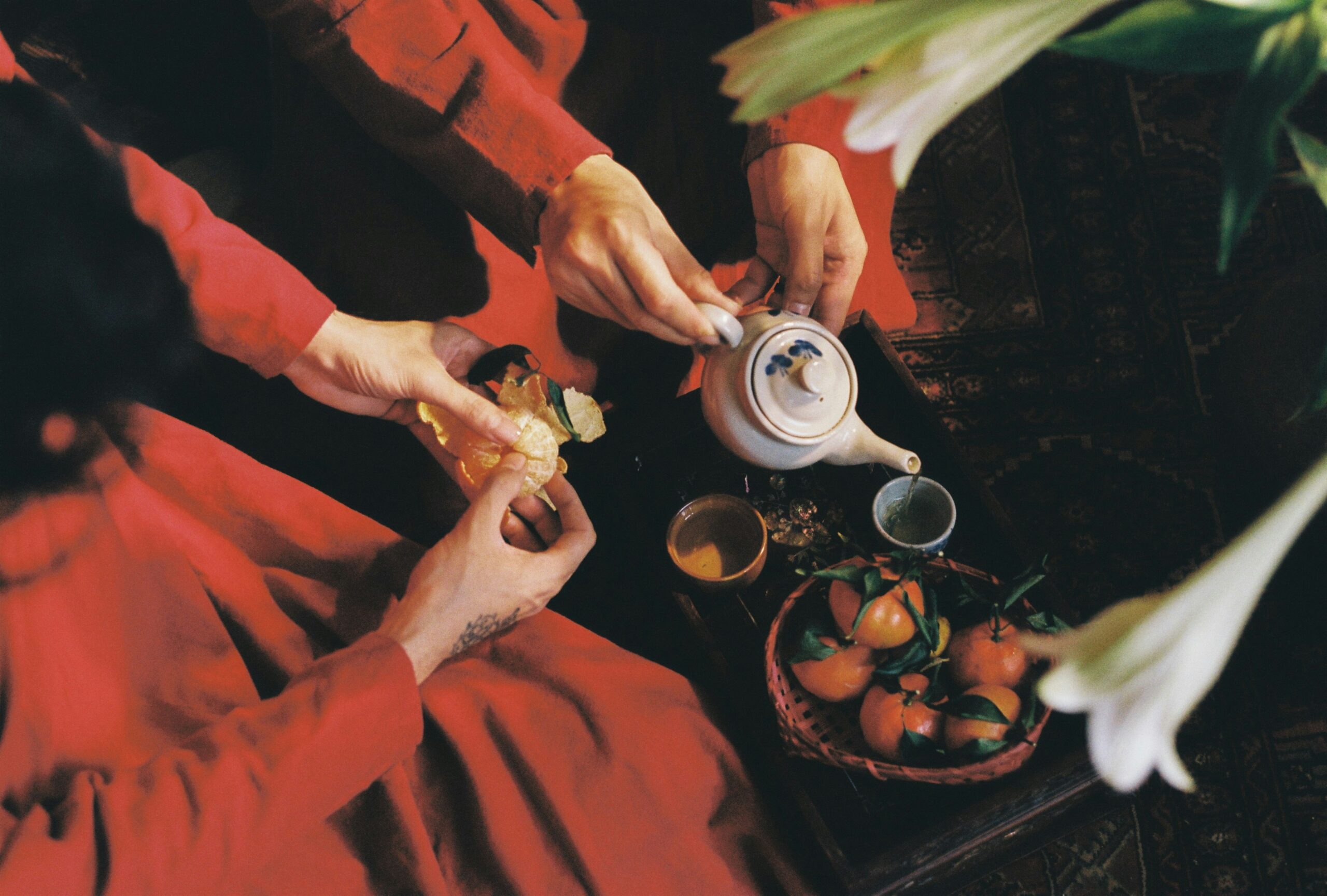
“You come here to discover that happiness is a daily choice, woven into kindness and simple things—the mist, the monasteries, the prayer wheels that spin—and that the greatest adventure may be learning to live simply, kindly, fully.”
Spiritual Sustainability: Bhutan’s Model for the Future of Travel
Bhutan isn’t just a destination—it’s a case study in conscious travel.
- All tourists pay a daily Sustainable Development Fee, which supports free education, healthcare, and environmental efforts.
- Tourism is capped to prevent overuse of natural and cultural resources.
- Guides are certified, local, and trained in cultural sensitivity.
We believe Bhutan sets the bar: Sustainable spirituality is possible. You can grow, and give back. You can explore, and protect. Bhutan proves that travel done right doesn’t take—it uplifts.
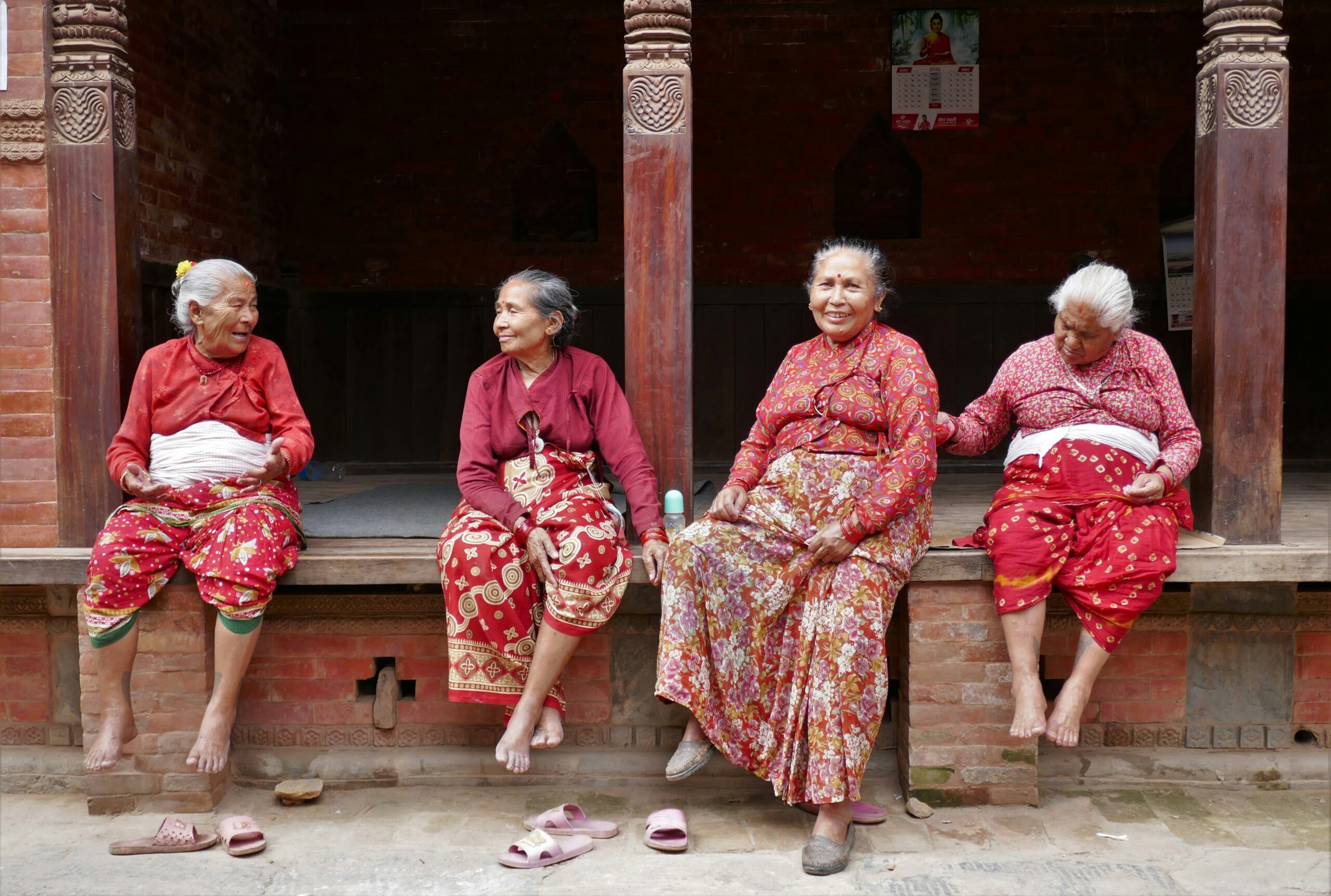
How to Travel Respectfully in Bhutan
When to Visit: March–May (spring) or September–November (autumn)
Dress Code: Long sleeves and pants in religious sites; dress modestly
Etiquette: Walk clockwise around stupas; don’t take photos without asking
Sustainability Tip: Avoid plastic, support local, and tread lightly
Pro Tip: Leave a journal note at a monastery guestbook—you never know who it might inspire
Conclusion: Bhutan, Where the Spiritual Is Simply… Life
Bhutan is a reminder of what really matters in life. The Bhutanese believe that true wealth lies in harmony: between people and nature, tradition and change, spirit and daily ritual. Bhutan doesn’t sell enlightenment. It doesn’t offer flashy transformation or curated stillness. What it offers is something far more rare: an invitation to return to your truest self. You don’t come here to escape life. You come here to remember how to live it.
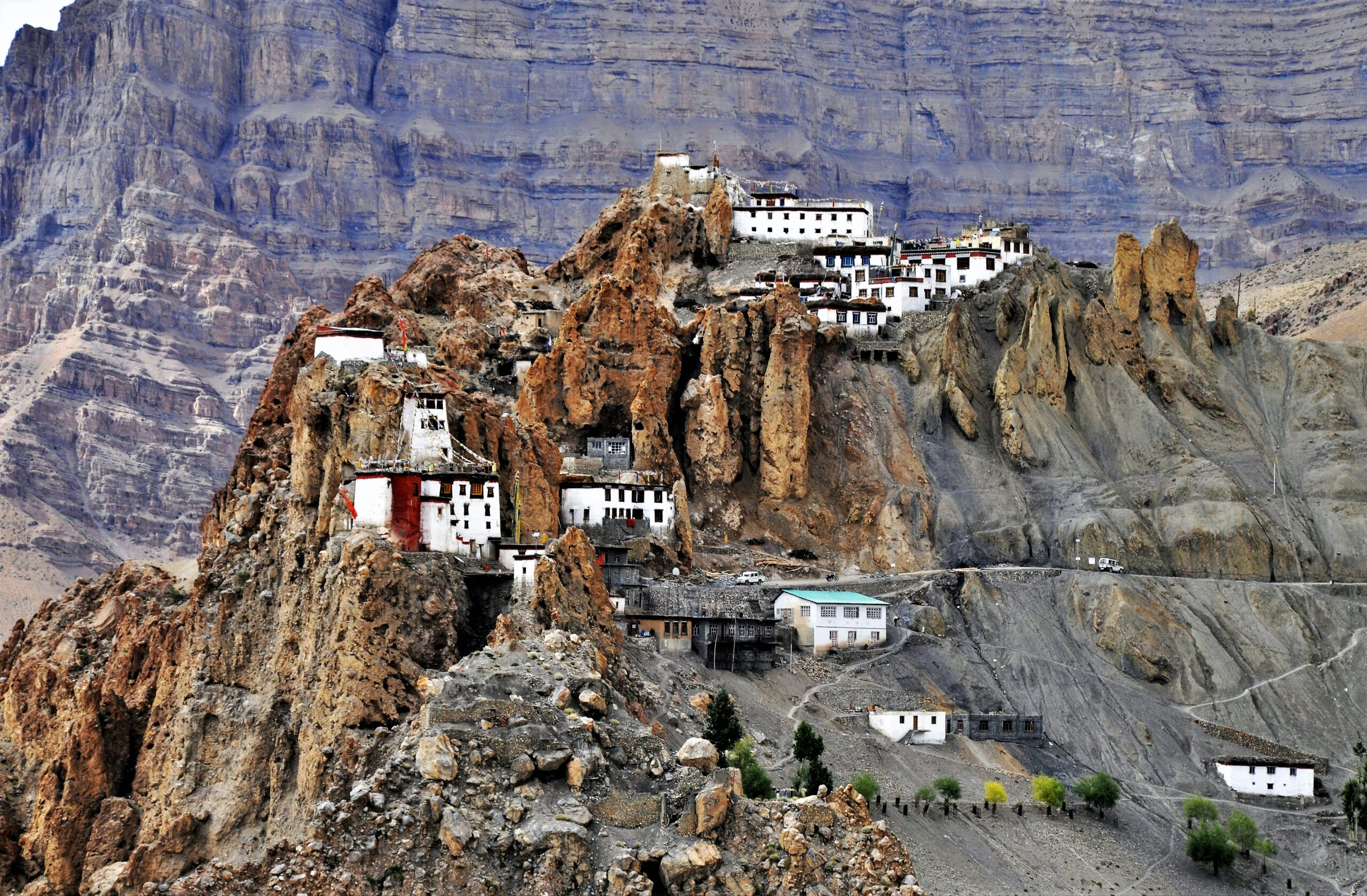
Some journeys begin with a map—ours begin with meaning. As a member of The Travel Club, you unlock a world of tailored consulting, personalized recommendations, elite privileges—and access to our curated network of trusted local experts. Every itinerary is crafted with precision; every journey, a signature luxury experience. From moonlit honeymoons to far-flung retreats, your travels become stories only you could live—designed by those who truly know.
About the author

Subscribe
-
 A Seat at the Edge of Space, Inside Zephalto’s Vision of the Ultimate Journey
A Seat at the Edge of Space, Inside Zephalto’s Vision of the Ultimate Journey -
 My Dubai First Christmas
My Dubai First Christmas -
 Komodo Island, a Reminder of Nature Unchecked
Komodo Island, a Reminder of Nature Unchecked -
 Scidmore Sakura, Where Blossoms Bridge Worlds and Generations
Scidmore Sakura, Where Blossoms Bridge Worlds and Generations -
 Editor's Note, Leave It Better Than You Found It
Editor's Note, Leave It Better Than You Found It









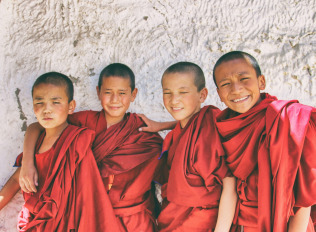
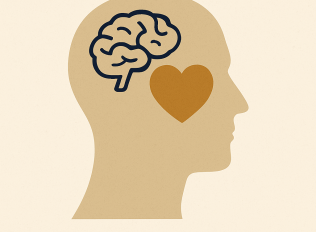

Leave a Reply